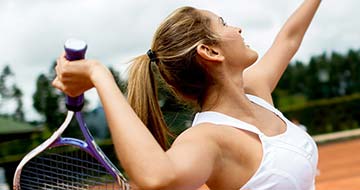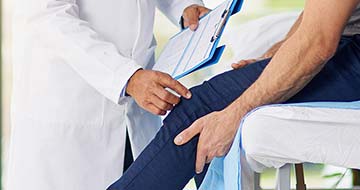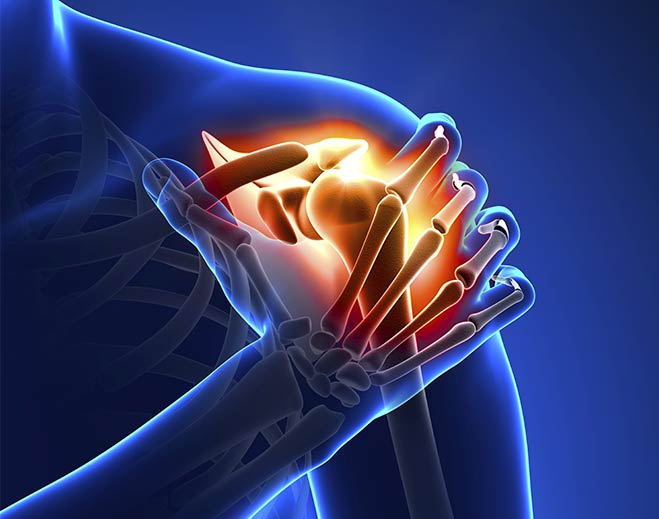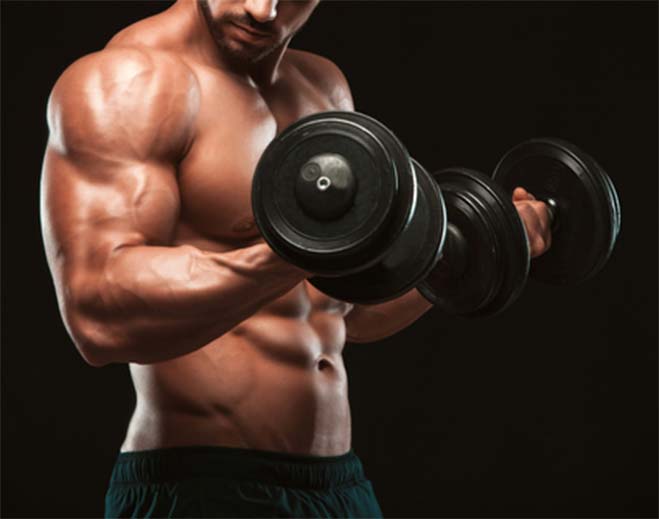 Dr. Stephen Desio is an Orthopedic Surgeon Board Certified in both Orthopedic Surgery, as well as Sports Medicine. Dr. Desio specializes in Sports Medicine and Arthroscopic Surgery of the Knee and Shoulder. Fellowship Trained in Sports Medicine at the
University of Utah, Dr. Desio has the distinction of being a member of the American Orthopaedic Society for Sports Medicine, Arthroscopy Association of North America,
American Academy of Orthopedic Surgeons, American Board of Orthopedic Surgery, and the American Medical Association.
Dr. Stephen Desio is an Orthopedic Surgeon Board Certified in both Orthopedic Surgery, as well as Sports Medicine. Dr. Desio specializes in Sports Medicine and Arthroscopic Surgery of the Knee and Shoulder. Fellowship Trained in Sports Medicine at the
University of Utah, Dr. Desio has the distinction of being a member of the American Orthopaedic Society for Sports Medicine, Arthroscopy Association of North America,
American Academy of Orthopedic Surgeons, American Board of Orthopedic Surgery, and the American Medical Association.
His practice focuses on
injuries to the shoulder and knee. Not only is Dr. Desio a 4-time Ironman Triathlete, but has also served as Team Physician for the Salt Lake City 2002 Winter Olympics, Worcester Tornadoes Baseball Team, New England Surge Arena Football Team, NCAA
1st and 2nd round Basketball Tournament, and University of Utah Football and Basketball Teams. Dr. Desio has published papers on Sports Medicine in Nationally Recognized Journals and presented his research at International Meetings. Dr. Desio is frequently
named a Top Sports Medicine Physician by the Consumers’ Research Council of America.
Dr. Desio is here to help you with your health care needs, from injury prevention to sports performance improvement. Whether or not you are a professional athlete,
his approach to patient care has been the same: provide high quality individualized patient care in an environment that is warm, caring, and efficient. Advanced arthroscopic techniques and minimally invasive surgery are utilized when possible
in the surgical treatment of injuries. Communication, courtesy, and respect are the cornerstones of his practice.










 Dr. Stephen Desio is an Orthopedic Surgeon Board Certified in both Orthopedic Surgery, as well as Sports Medicine. Dr. Desio specializes in Sports Medicine and Arthroscopic Surgery of the Knee and Shoulder. Fellowship Trained in Sports Medicine at the
University of Utah, Dr. Desio has the distinction of being a member of the
Dr. Stephen Desio is an Orthopedic Surgeon Board Certified in both Orthopedic Surgery, as well as Sports Medicine. Dr. Desio specializes in Sports Medicine and Arthroscopic Surgery of the Knee and Shoulder. Fellowship Trained in Sports Medicine at the
University of Utah, Dr. Desio has the distinction of being a member of the 




